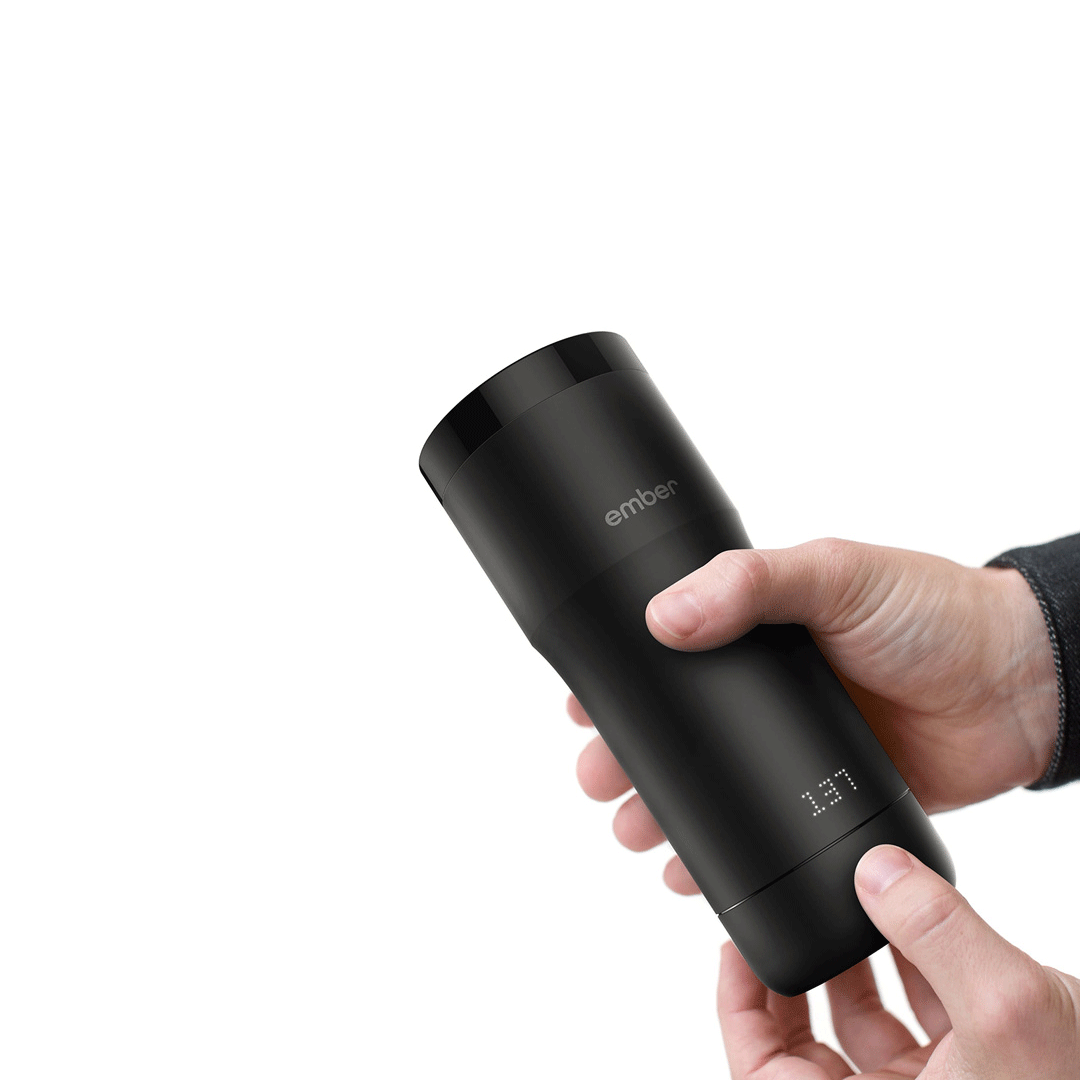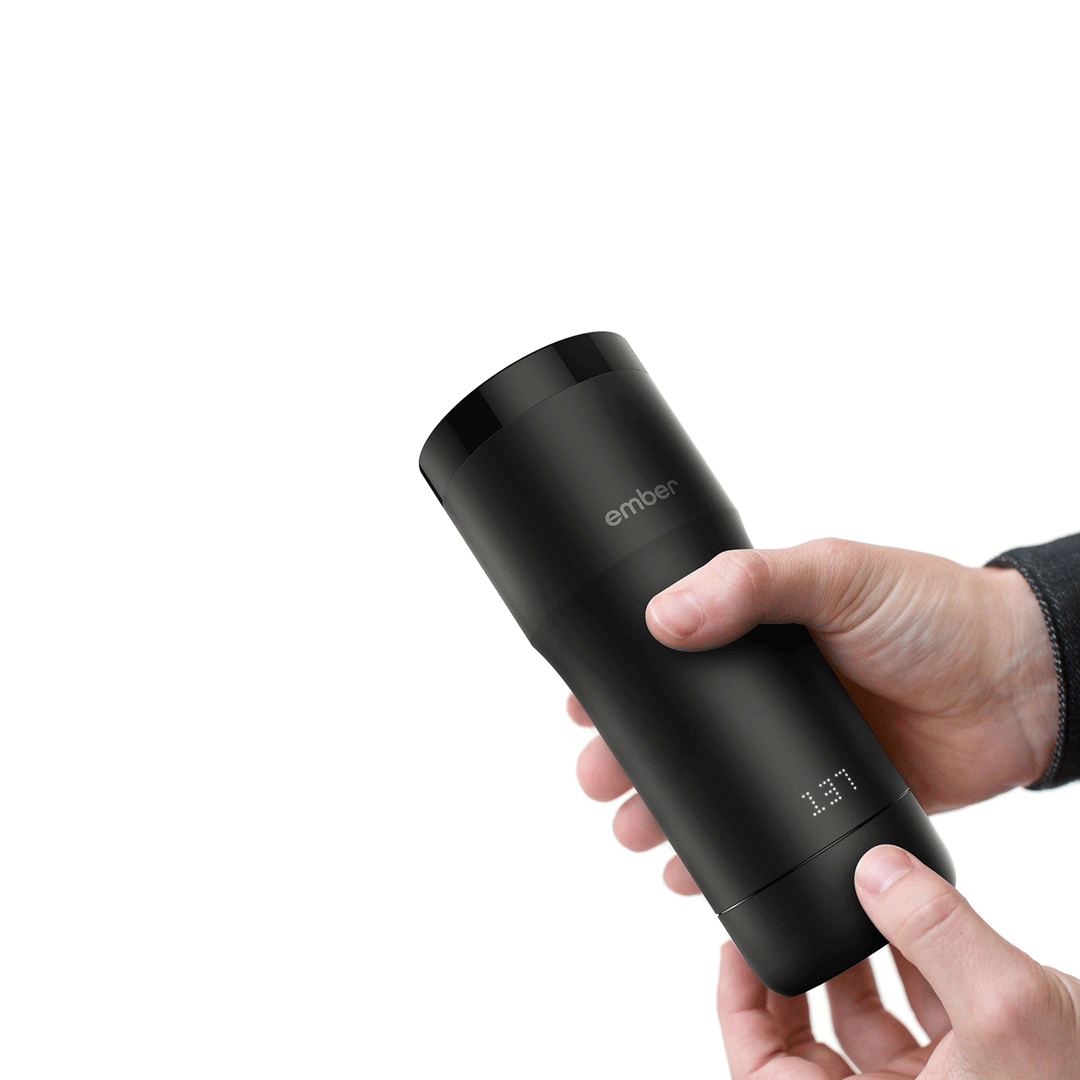Innovation of the week: Temperature-controlled travel mug
Never drink lukewarm coffee again!

You'd never know by looking at it, but the Ember travel mug is "chock-full of high-tech material," said Margaret Rhodes at Wired. The smart thermos is designed to warm or cool the beverage inside to precisely the temperature of your choosing and keep it there for up to four hours.

The average pour temperature for coffee is roughly 160 degrees Fahrenheit, yet the preferred drinking temperature is around 135. To get your coffee to the perfect drinking temp and keep it there, Ember has a proprietary material "texturally similar to candle wax" inside its walls. When the drink hits the right temperature, the mug's heating system kicks in. With "no buttons or dials in sight," the temperature is controlled by twisting the bottom of the mug or via a smartphone app. Ember ships in April and costs $129. The mug's makers say they have more temperature-adjustable dishware on the way.
A free daily email with the biggest news stories of the day – and the best features from TheWeek.com
The Week
Escape your echo chamber. Get the facts behind the news, plus analysis from multiple perspectives.

Sign up for The Week's Free Newsletters
From our morning news briefing to a weekly Good News Newsletter, get the best of The Week delivered directly to your inbox.
From our morning news briefing to a weekly Good News Newsletter, get the best of The Week delivered directly to your inbox.
-
 How the War Department became the Department of Defense – and back again
How the War Department became the Department of Defense – and back againIn Depth In 1947 President Harry Truman restructured the US military establishment, breaking with naming tradition
-
 Codeword: December 8, 2025
Codeword: December 8, 2025The daily codeword puzzle from The Week
-
 Sudoku hard: December 8, 2025
Sudoku hard: December 8, 2025The daily hard sudoku puzzle from The Week